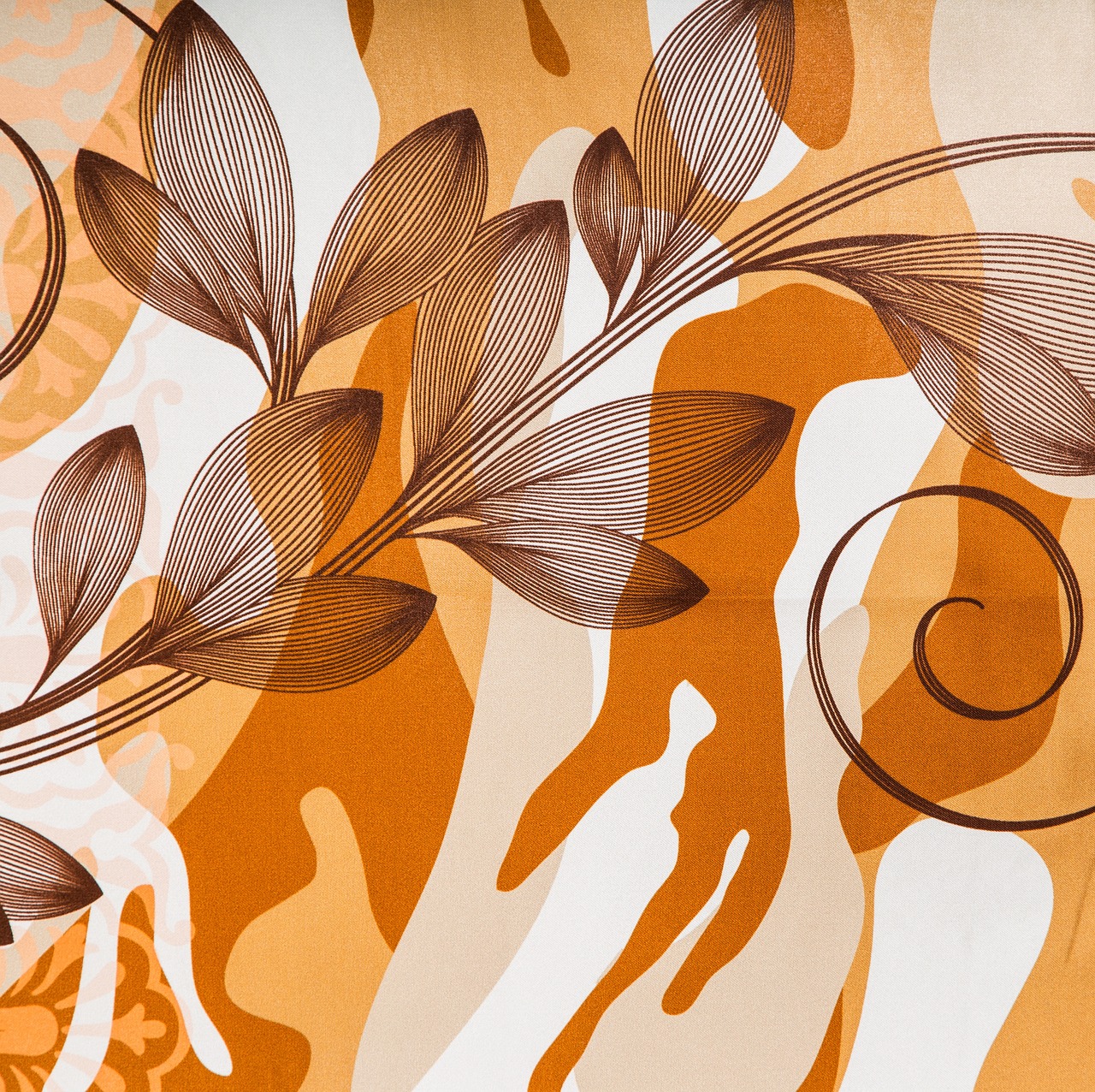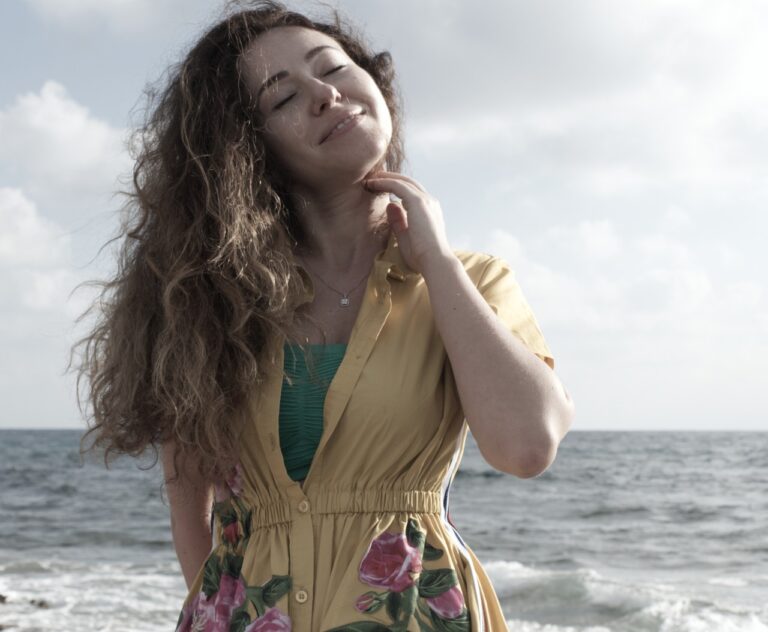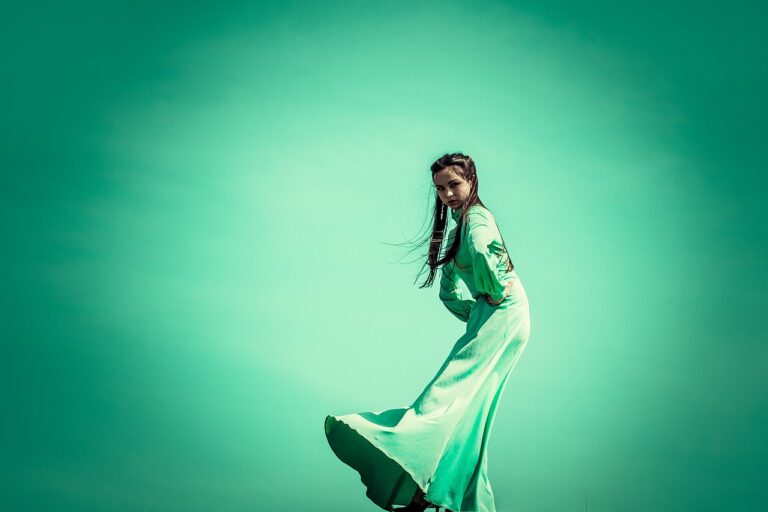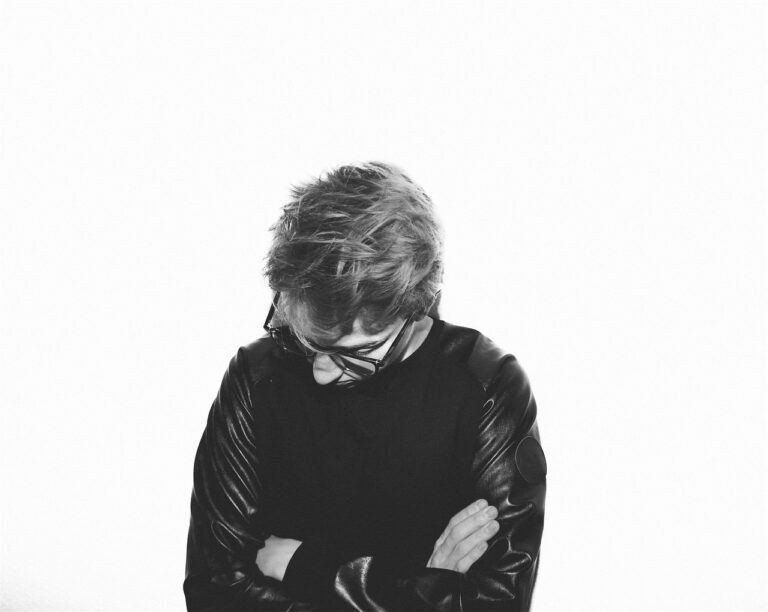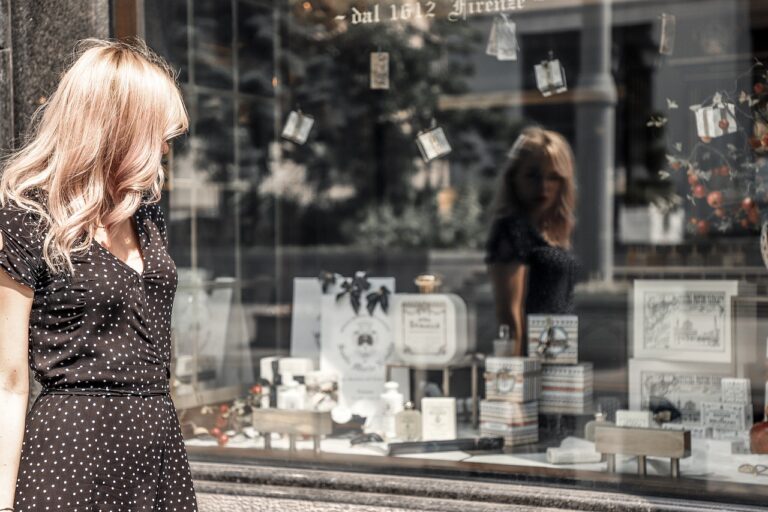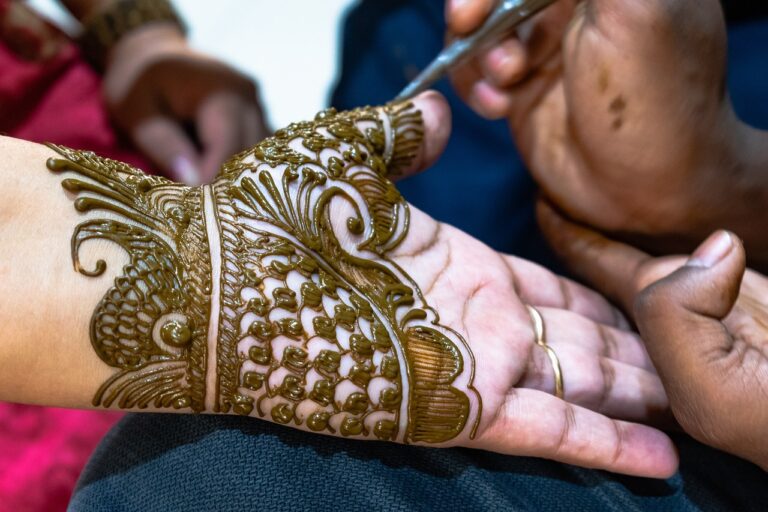Fashion Wholesale Trends: Urban vs. Rural Markets: 99 exchange, Laser247, World 777 betting
99 exchange, laser247, world 777 betting: Fashion Wholesale Trends: Urban vs. Rural Markets
In the ever-evolving world of fashion, staying on top of the latest trends is crucial for retailers looking to cater to the diverse needs of their customers. From urban city centers to rural towns, the fashion preferences of consumers can vary greatly. Understanding these differences is key for wholesalers looking to maximize their sales potential in both urban and rural markets. Let’s take a closer look at the key trends shaping fashion wholesale in these two distinct settings.
1. Urban Market Trends
Urban markets are known for their fast-paced, trend-driven fashion scene. Consumers in urban areas tend to be more fashion-conscious and are often early adopters of new trends. As a result, wholesalers catering to urban markets must regularly update their inventory to keep up with the latest styles. In urban areas, streetwear, athleisure, and eco-friendly fashion are all popular trends that wholesalers should consider when stocking their shelves.
2. Online Presence
With the rise of e-commerce, wholesalers targeting urban markets must have a strong online presence. Urban consumers are tech-savvy and often prefer the convenience of online shopping. Wholesalers should invest in an easy-to-navigate website and actively engage with customers on social media platforms to stay top of mind.
3. Sustainable Fashion
In urban markets, sustainability is a growing trend. Consumers are increasingly concerned about the environmental impact of the fashion industry and are seeking out eco-friendly and ethically sourced clothing. Wholesalers should consider partnering with sustainable fashion brands to cater to this demand.
4. Influencer Collaborations
Collaborating with influencers is a popular marketing strategy in urban markets. Influencers can help wholesalers reach a larger audience and increase brand visibility. By partnering with influencers who align with their brand values, wholesalers can leverage their social media following to drive sales.
5. Pop-Up Shops
Pop-up shops are a great way for wholesalers to create buzz and generate excitement in urban markets. These temporary retail spaces allow wholesalers to showcase their products in a unique and immersive way, attracting urban consumers looking for a one-of-a-kind shopping experience.
6. Rural Market Trends
Rural markets have their own set of trends that wholesalers should be aware of. Consumers in rural areas tend to favor practical, versatile clothing that can withstand the rigors of country living. Casual, comfortable pieces like denim, flannel shirts, and work boots are popular staples in rural fashion.
7. Seasonal Trends
In rural markets, seasonal trends play a significant role in fashion choices. Consumers in rural areas are more likely to prioritize functionality and durability over trends, particularly during harsh winter weather or hot summer months. Wholesalers should tailor their inventory to meet the seasonal needs of rural consumers.
8. Community Engagement
Building relationships with local communities is essential for wholesalers targeting rural markets. Hosting events, sponsoring local gatherings, and participating in community initiatives can help wholesalers establish a loyal customer base in rural areas.
9. Personalized Service
In rural markets, consumers value personalized service and a personal touch. Wholesalers should focus on building relationships with customers and providing exceptional customer service to differentiate themselves from larger retailers.
10. Quality Over Quantity
Rural consumers often prioritize quality over quantity when it comes to clothing. Wholesalers should focus on offering well-made, durable pieces that align with the practical needs of rural consumers.
FAQs
1. Are there any fashion trends that are popular in both urban and rural markets?
While urban and rural markets have distinct fashion preferences, some trends, such as sustainable fashion and athleisure, have gained popularity in both settings. Wholesalers targeting both markets should consider stocking items that cater to these cross-over trends.
2. How can wholesalers stay ahead of the latest fashion trends?
Wholesalers can stay ahead of the latest fashion trends by regularly attending trade shows, monitoring industry publications, and keeping an eye on social media influencers. By staying informed and adapting their inventory to meet changing consumer preferences, wholesalers can position themselves for success in both urban and rural markets.
3. What are some key considerations for wholesalers looking to expand into new markets?
When expanding into new markets, wholesalers should conduct thorough market research to understand the unique preferences and shopping habits of consumers in that area. Building relationships with local retailers and influencers can also help wholesalers establish a presence in a new market and attract new customers.
In conclusion, understanding the distinct fashion preferences of urban and rural markets is essential for wholesalers looking to succeed in today’s competitive fashion industry. By staying informed about the latest trends, investing in online and offline marketing strategies, and building relationships with local communities, wholesalers can position themselves for success in both urban and rural markets.

